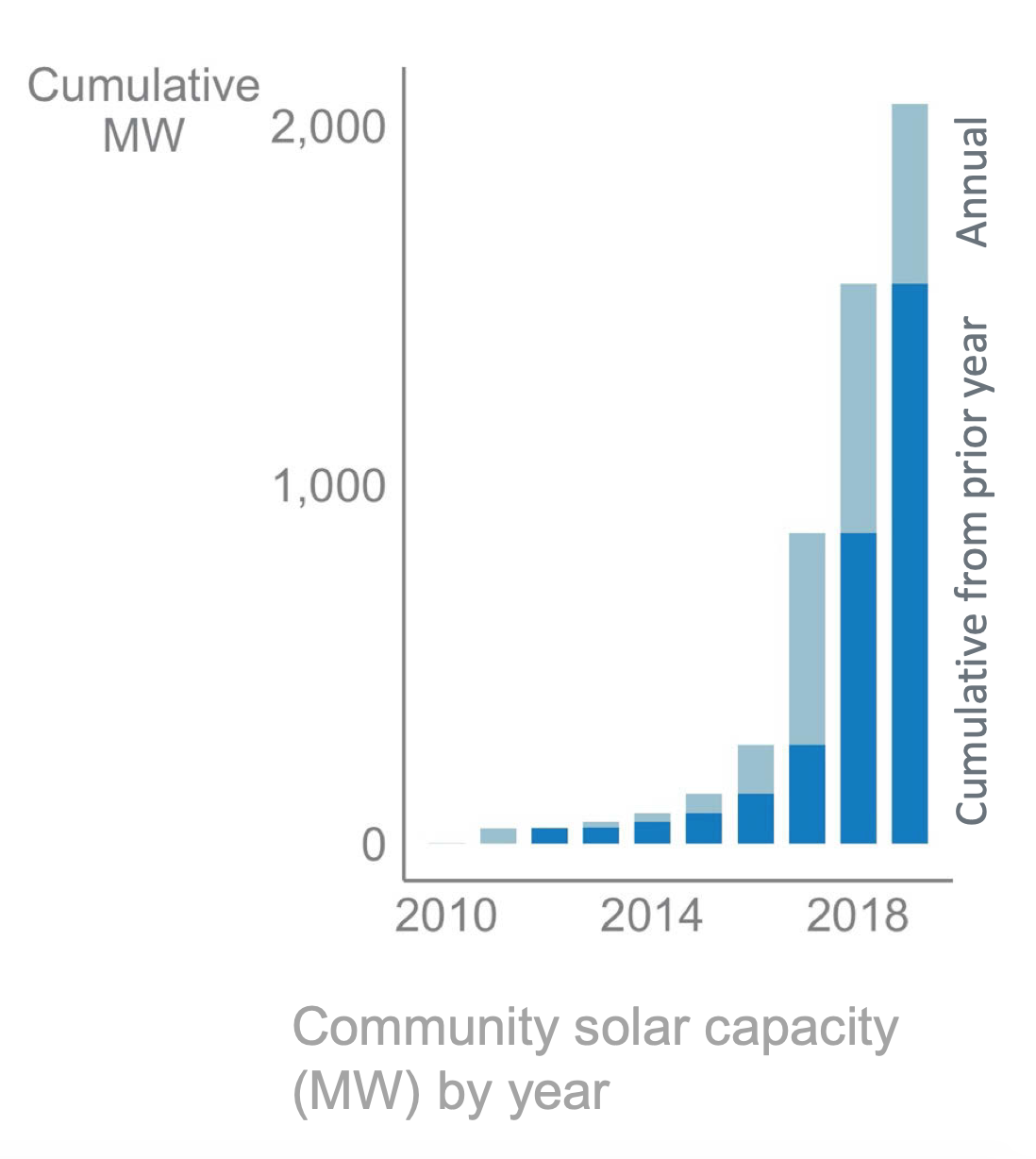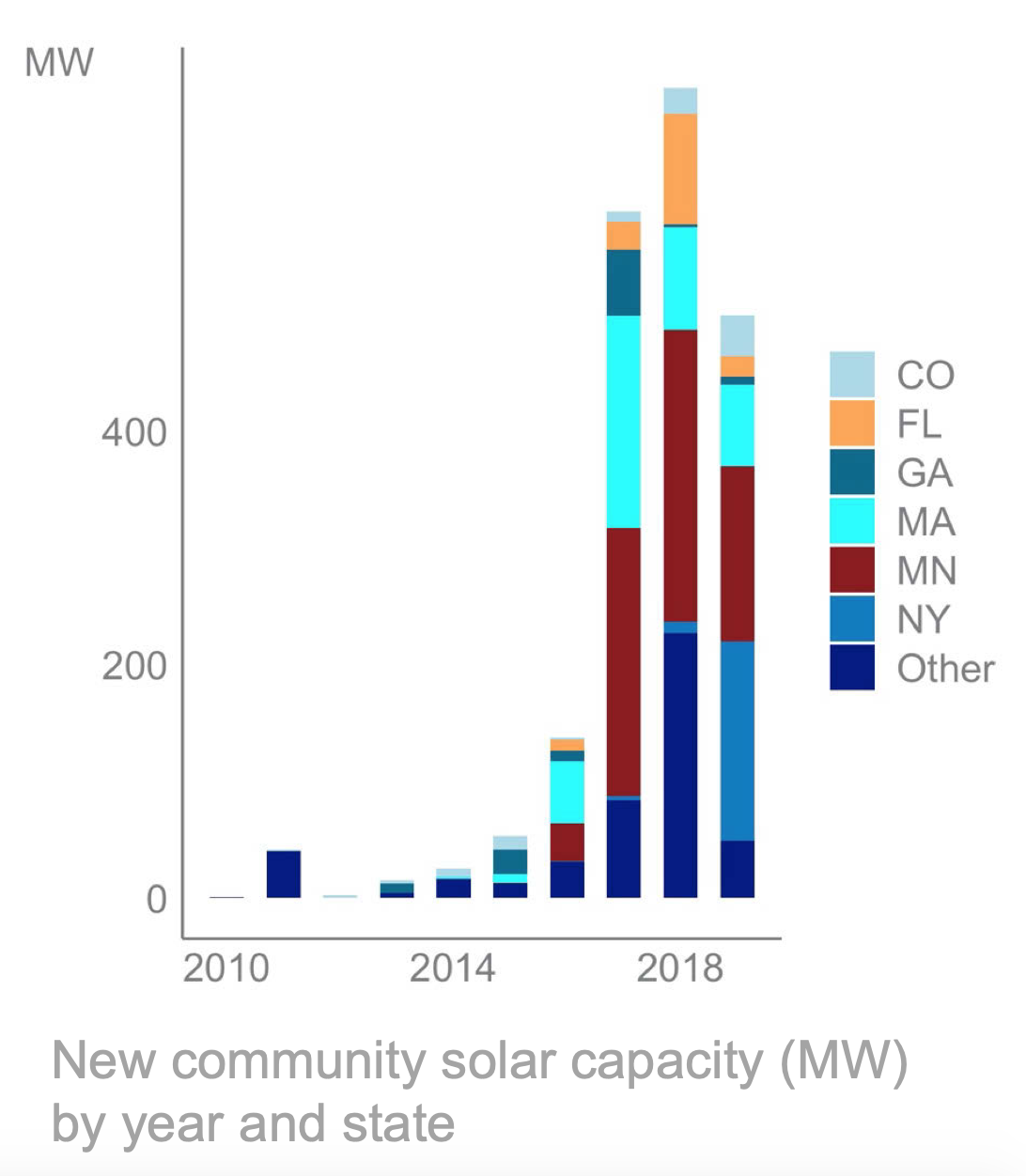
As our national energy grid continues to transition to renewable sources at an exponentially growing rate, the methods of transformation are rapidly proliferating. Community solar is one general model of expanding PV access in which members of a community can subscribe to access the benefits of solar through a shared local array. This type of agreement has promising potential to strengthen individuals’ financial savings, investment in their local communities, and positive impact on the environment. Getting involved with community solar now could prove to elevate your installation business as the demand for experience in this specific model only increases.
Our previous article, How does community solar work?, delves into the three central models through which community solar generally operates; the utility-sponsored, special purpose entity, and non-profit models. Today, we will look at the strengths, challenges, and potential for positive growth in the community solar model.
Strengths of Community Solar
Based around the concept of energy democracy, the community solar model enables anyone in a local load zone (an aggregation of properties used for electricity pricing) to purchase or lease fractions of a solar array as a member-shareowner through a generally modest initial investment. As explored in our previous Community Solar piece, these arrays are usually utility, third-party, or municipally owned. The electricity generated by the system is fed into the grid and appropriate deductions are then made to each members’ electricity bill.
The National Renewable Electricity Laboratory (NREL) reports that only approximately 1 in 4 residential properties are realistically eligible for roof-mounted solar due to a variety of structural and logistical issues. Further, there is a vast population of Americans who face financial barriers to engaging with clean energy, and traditional solar production is widely inaccessible to those who rent or live in apartments.
Community solar opens access to a sizable new market as its deployment offers affordable engagement opportunities with lower-income neighborhoods, apartment buildings, schools, small businesses, or government-owned entities. Within the context of post-pandemic recovery, the growth of community solar offers opportunities to stimulate local economic growth, support particularly hard-hit communities, and boost job security among the solar industry.


(Community Solar capacity data from NREL 2020 Report)
Challenges of Community Solar
Over 85% of all community solar development has occurred in just 4 states; Minnesota, New York, Massachusetts, and Florida. This trend demonstrates the power of state-wide and local energy policy to strongly promote or inhibit community solar growth. Currently, 19 states and Washington DC have explicitly authorized the development of community solar arrays by allowing residents, businesses, and other entities to receive solar credits to their bills. On the other hand, many parts of the country have implemented policy structures that lead to regulatory burdens, under-evaluation of solar credits, lack of net metering structure, or excess surcharges that hold back many communities from implementing this model.
An additional barrier impeding exponential community solar growth is its lack of uniform management best practices and standards. As the model has primarily gained most of its traction in the past 5-6 years, a variety of marketing, management, community engagement, and utility negotiation strategies have proven successful in different contexts. A plethora of projects has pointed to different ways of managing the multiple crucial parties involved with an install such as the utility, local government representatives, member customers, or host entity.
Potential for Growth
Since 2010, community solar has cumulatively grown approximately 130% each year as measured by metrics of array prevalence and size. As touched on before, widely varying regulations across states and regions have a great impact on the way that the community solar market will continue to evolve.
Massive growth potential for the community solar model lies in its ability to adapt within rural regions. Many farm owners cannot prioritize the implementation of renewable energy on their property due to financial and logistical constraints. However, increasing amounts of partnerships between community solar developers and agricultural landowners presents how the model can both provide crucial revenue for farmers and benefit solar industry growth.
At the end of the day, pushing policies that enable further development of community solar models promises ample business opportunity for installers. In the industry, communally owned and controlled energy highlights how the growth of renewable jobs can be bolstered and localized. Developing these models across the country will build community resilience, help level socio-economic inequities, and promote the consistent expansion of solar powered energy on the national grid.